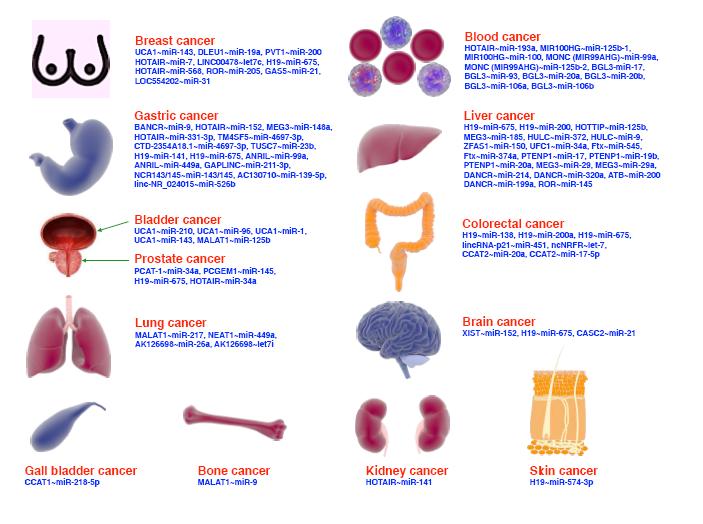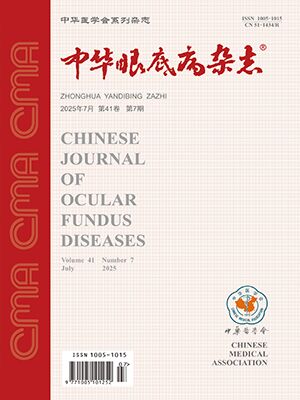Citation:
刘秀花, 王璐璇, 刘丽峰, 高磊. 黄斑裂孔直径测量,光相干断层扫描首选水平扫描还是放射状扫描?. Chinese Journal of Ocular Fundus Diseases, 2025, 41(5): 393-394. doi: 10.3760/cma.j.cn511434-20240703-00248
Copy
Copyright © the editorial department of Chinese Journal of Ocular Fundus Diseases of West China Medical Publisher. All rights reserved
| 1. |
Bikbova G, Oshitari T, Baba T, et al. Pathogenesis and management of macular hole: review of current advances[J/OL]. J Ophthalmol, 2019, 2019: 3467381[2019-05-02]. https://pubmed.ncbi.nlm.nih.gov/31191994/. DOI: 10.1155/2019/3467381.
|
| 2. |
Fallico M, Jackson TL, Chronopoulos A, et al. Factors predicting normal visual acuity following anatomically successful macular hole surgery[J/OL]. Acta Ophthalmol, 2021, 99(3): e324-e329[2020-08-24]. https://pubmed.ncbi.nlm.nih.gov/32833307/. DOI: 10.1111/aos.14575.
|
| 3. |
|
| 4. |
|
| 5. |
|
| 6. |
Chen Y, Nasrulloh AV, Wilson I, et al. Macular hole morphology and measurement using an automated three-dimensional image segmentation algorithm[J/OL]. BMJ Open Ophthalmol, 2020, 5(1): e000404[2020-08-16]. https://pubmed.ncbi.nlm.nih.gov/32844119/. DOI: 10.1136/bmjophth-2019-000404.
|
| 7. |
|
| 8. |
|
| 9. |
|
| 10. |
|
| 11. |
|
| 12. |
Baumann C, Almarzooqi A, Blobner K, et al. Repeatability and reproducibility of macular hole size measurements using optical coherence tomography[J/OL]. J Clin Med, 2021, 10(13): 2899[2021-06-29]. https://pubmed.ncbi.nlm.nih.gov/34209752/. DOI: 10.3390/jcm10132899.
|
| 13. |
Liu XH, Yang Y, Gao L, et al. Macular holes scan with OCT, radial or horizontal scan?[J/OL]. 2022, 2022: e1-e7[2022-03-11]. https://doi.org/10.21203/rs.3.rs-1423725/v1. DOI:10.21203/rs.3.rs-1423725/v1.
|
| 14. |
|
- 1. Bikbova G, Oshitari T, Baba T, et al. Pathogenesis and management of macular hole: review of current advances[J/OL]. J Ophthalmol, 2019, 2019: 3467381[2019-05-02]. https://pubmed.ncbi.nlm.nih.gov/31191994/. DOI: 10.1155/2019/3467381.
- 2. Fallico M, Jackson TL, Chronopoulos A, et al. Factors predicting normal visual acuity following anatomically successful macular hole surgery[J/OL]. Acta Ophthalmol, 2021, 99(3): e324-e329[2020-08-24]. https://pubmed.ncbi.nlm.nih.gov/32833307/. DOI: 10.1111/aos.14575.
- 3.
- 4.
- 5.
- 6. Chen Y, Nasrulloh AV, Wilson I, et al. Macular hole morphology and measurement using an automated three-dimensional image segmentation algorithm[J/OL]. BMJ Open Ophthalmol, 2020, 5(1): e000404[2020-08-16]. https://pubmed.ncbi.nlm.nih.gov/32844119/. DOI: 10.1136/bmjophth-2019-000404.
- 7.
- 8.
- 9.
- 10.
- 11.
- 12. Baumann C, Almarzooqi A, Blobner K, et al. Repeatability and reproducibility of macular hole size measurements using optical coherence tomography[J/OL]. J Clin Med, 2021, 10(13): 2899[2021-06-29]. https://pubmed.ncbi.nlm.nih.gov/34209752/. DOI: 10.3390/jcm10132899.
- 13. Liu XH, Yang Y, Gao L, et al. Macular holes scan with OCT, radial or horizontal scan?[J/OL]. 2022, 2022: e1-e7[2022-03-11]. https://doi.org/10.21203/rs.3.rs-1423725/v1. DOI:10.21203/rs.3.rs-1423725/v1.
- 14.




